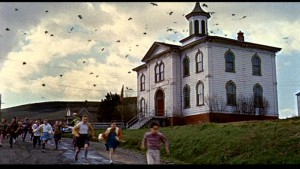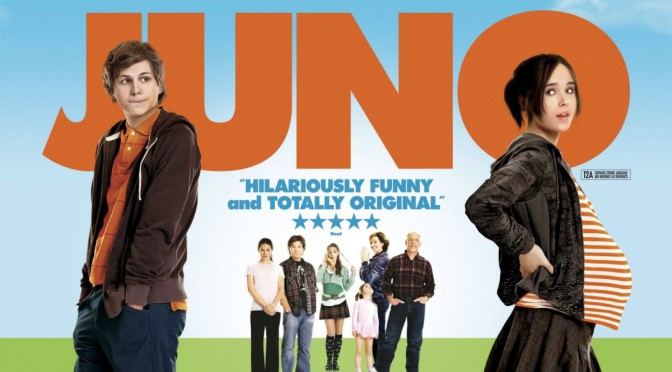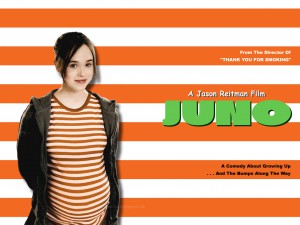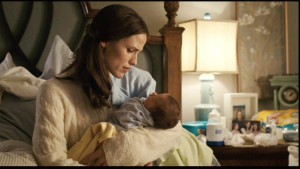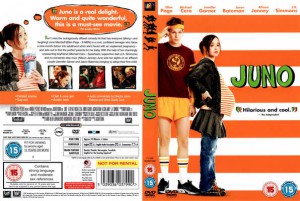The movie Inglorious Basterds, directed by Quentin Tarantino and Eli Roth, is an action dramedy film about World War II and the Nazi party. The inglorious bastards are a group of soldiers that are sent out on a mission to kill Hitler and end the Nazi regime.The movie also stars a young Jewish woman named Shoshanna Dreyfus who, at first, escaped Nazi persecution and after a few years was able to change her identity and become the owner of a movie theater in France. The theater catches the interest of the Nazis and they decide to hold a premier for a Nazi movie with Hitler himself on the guest list. One more star of the movie is a Nazi colonel named Hans Landa, also known as the “Jew hunter,” who was the man that killed the Dreyfus family leaving Shoshanna running away for her life.
The opening scene starts off in 1914 with a French family, the LaPadites, working in their country home in until Nazi military cars show up. Hans Landa steps out of the vehicle to talk to the father, Perrier, and questioned him about Jewish families under protection in the area. Colonel Landa already knows that the LaPadites have Shoshanna’s family hidden in the house, but he plays around with Perrier all the same. Toward the end of the scene, he gives Perrier an option to give up the hidden family to spare his own, or he kills everyone in the house. Mr. LaPadite has no choice and sadly gives up the family leaving the general to bring in his guards to shoot the floorboards killing everyone but Shoshanna who manages to escape.
I believe the opening scene is considered a “hard opening” because of its suspense and the final impact. The colonel only slightly reveals that he already knows that the LaPadites are hiding the family, but throughout the scene one is still hoping that Perrier will pull off the lies. The viewer also feels mixed emotions in this one scene. Feeling saddened by the Dreyfus’ murder and that Shoshanna lost her loved ones, but relieved that at least she was able to escape. Feeling good about Perrier’s valiant attempts to save the Dreyfuses and feeling horrible about Perrier’s tough position and his final, inevitable betrayal of the family. Lastly, feeling anger and hate toward Colonel Landa and his disgusting actions, but feeling impressed by his cunning and intelligence.
Opening scene videos in order:
- https://vimeo.com/80494528
- https://www.youtube.com/watch?v=QfSjs_6MZOQ
- https://www.youtube.com/watch?v=EUZv6bn7Hwg
